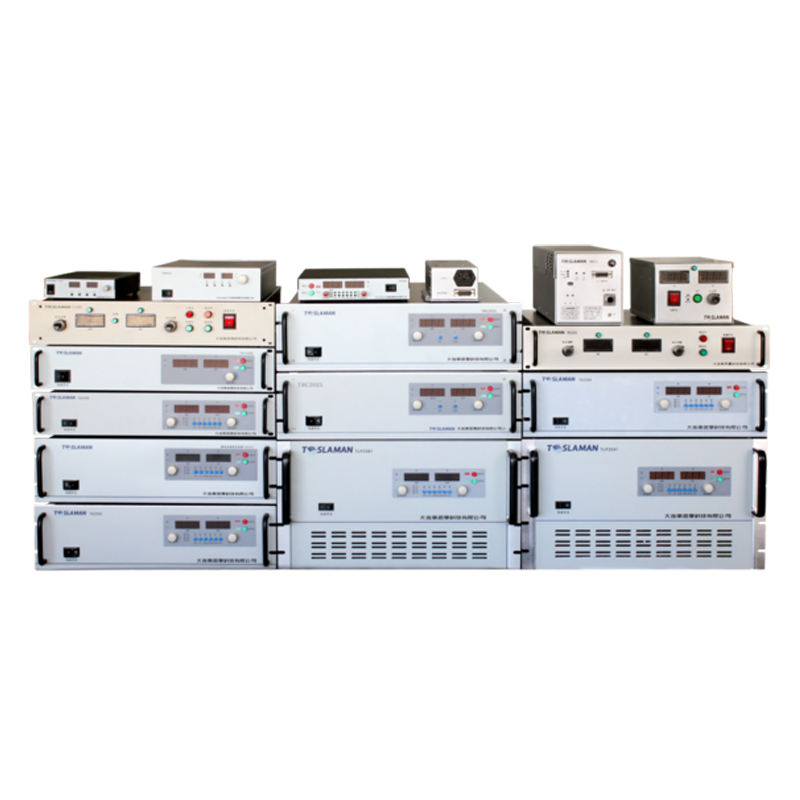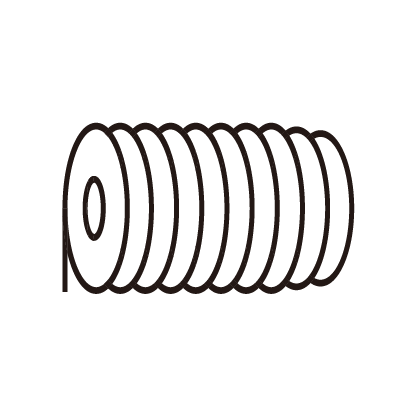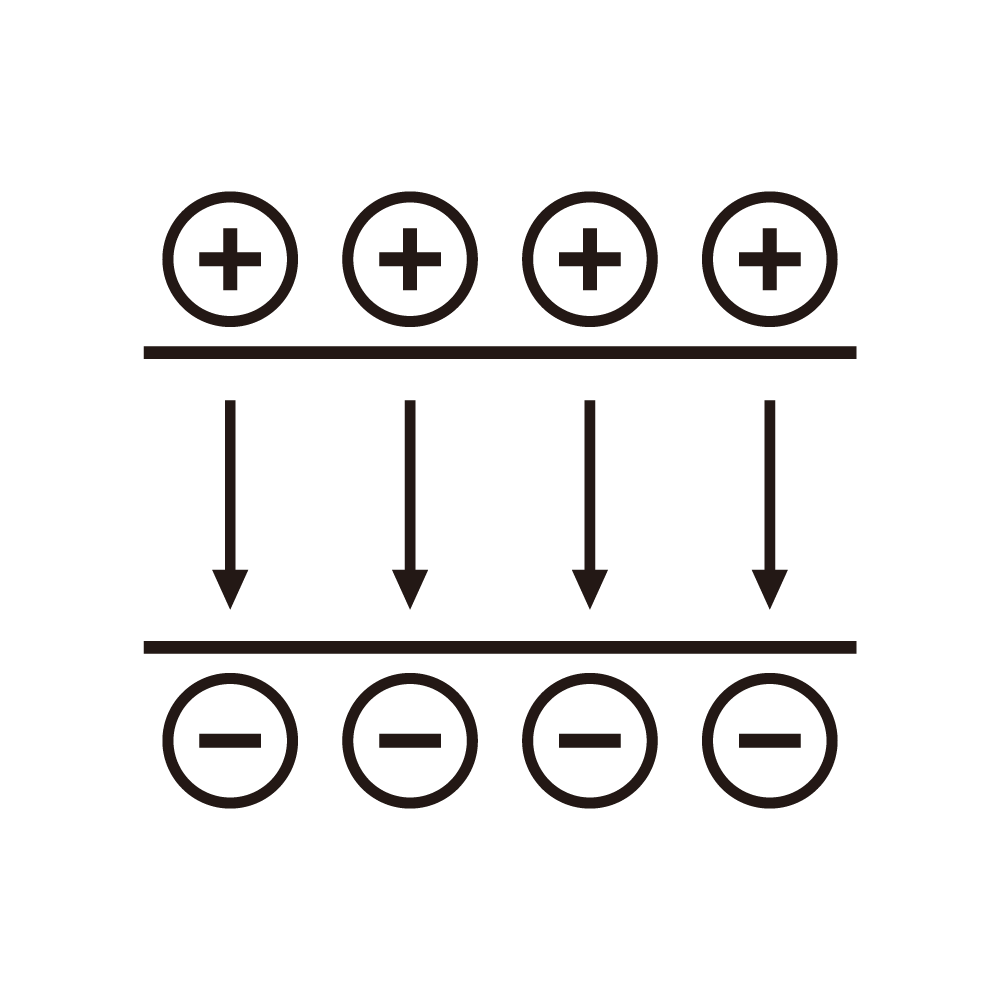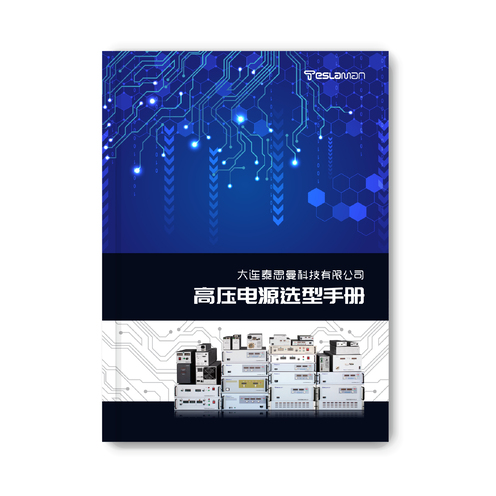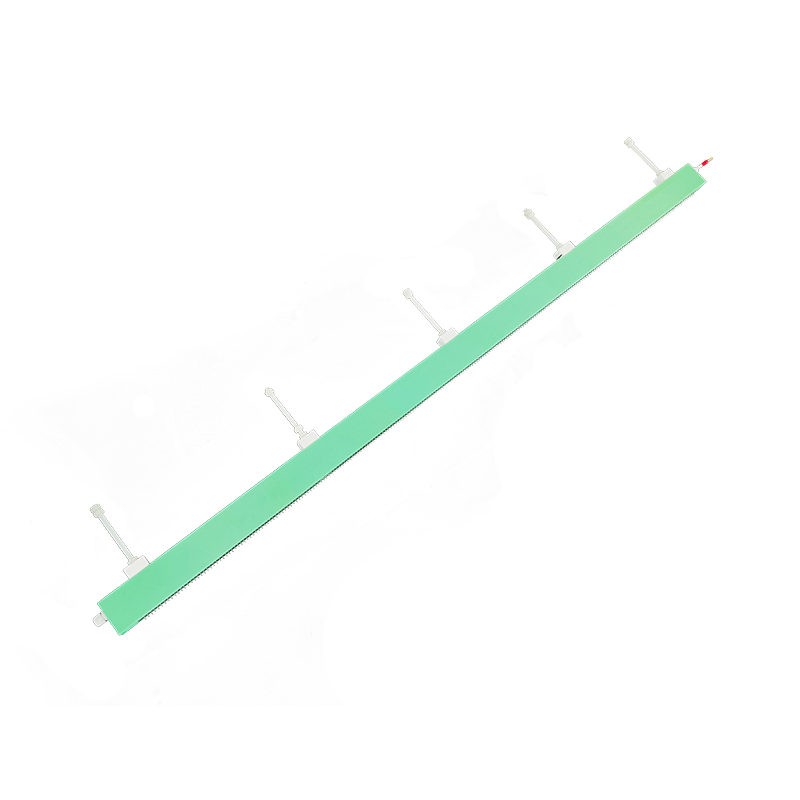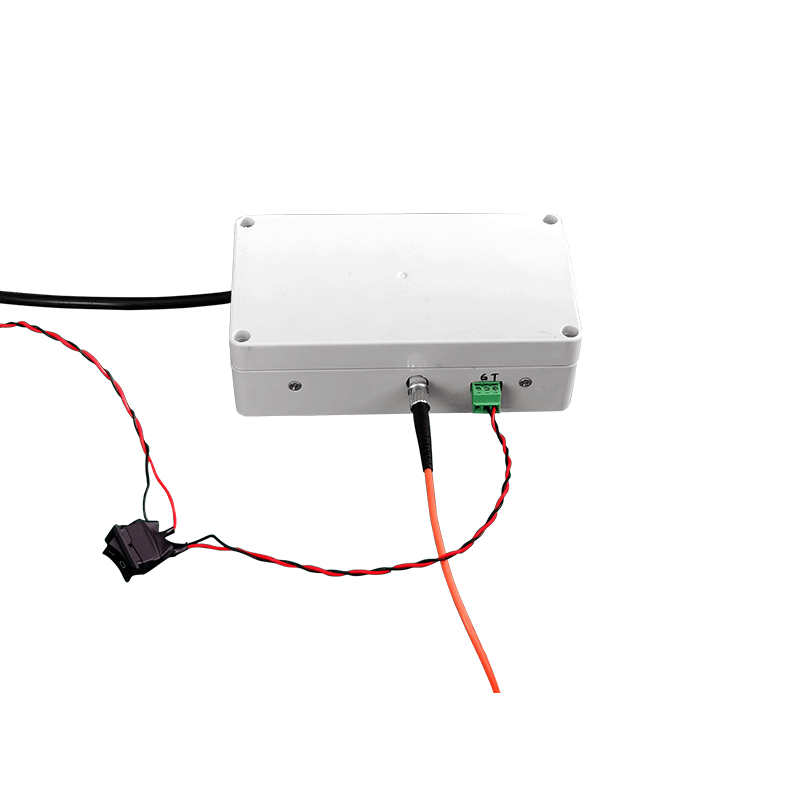Beam Current Stabilization of High Voltage Power Supply in Neutron Accelerators
1. Scientific Significance of Beam Current Stability
Neutron accelerators, serving as core equipment for nuclear physics research, radioisotope production, and boron neutron capture therapy (BNCT), require precise beam current stability to ensure neutron yield accuracy. Experimental data show that when beam current fluctuations exceed ±0.5%, dose deviations in BNCT tumor target areas can reach 12%, while neutron flux non-uniformity in radiopharmaceutical production deteriorates beyond 15%. High-voltage power supplies, as energy sources for acceleration tubes, must achieve:
1. Microsecond Dynamic Response: Compensate for beam transient oscillations caused by RF cavity load variations
2. Nanoscale Voltage Ripple: Maintain electron gun emission current density fluctuations <0.1%
3. Multi-Physics Coupling Control: Balance electromagnetic interference (EMI) and thermal deformation impacts on acceleration gradients
2. Impact of HVPS Parameters on Beam Quality
2.1 Voltage Fluctuation and Beam Energy Spread
In the 1-5 MeV energy range, every 0.1% deviation in acceleration voltage broadens neutron yield energy spectra by 0.8 keV. Three-stage cascaded topology HVPS with SiC MOSFET high-frequency inversion (switching frequency ≥100 kHz) suppresses output voltage ripple to <50 ppm, reducing beam energy spread from 1.2% (conventional thyristor systems) to 0.05%.
2.2 Current Ripple and Beam Spot Uniformity
Noise in the 0.01 Hz-10 MHz frequency band induces beam envelope oscillations:
Low-frequency noise (<1 kHz) causes beam spot drift (max. 3 mm displacement)
High-frequency noise (>100 kHz) triggers density fluctuations (5% peak-to-peak)
Digital control algorithms (e.g., adaptive feedforward compensation) enable real-time cancellation of 99.7% ripple components using noise spectral databases.
2.3 Pulse Characteristics and Transient Response
Pulsed neutron sources demand HVPS capable of 0-300 kV pulse establishment within 10 μs (overshoot <0.3%). Hybrid topologies combining Marx generators with magnetic pulse compression, paired with GaN-based drivers, achieve pulse rise rates of 50 kV/ns and improve energy conversion efficiency from 65% to 88%.
3. Engineering Approaches to Beam Stabilization
3.1 Closed-Loop Control Architecture
Primary Feedback: 0.001%-accuracy voltage monitoring via resistive dividers, adjusting PWM duty cycle (0.001% resolution)
Secondary Compensation: Beam position monitor (BPM) data inversion for magnetic focus and phase correction
Tertiary Prediction: LSTM neural networks preempt grid disturbances, initiating compensation 50 ms in advance
3.2 Harmonic Suppression Innovations
For 400 kV/200 mA operation, harmonic suppression below 23rd order must exceed -80 dBc:
Multi-stage LC filters (insertion loss >60 dB @ 1 MHz)
Common-differential mode hybrid shielding (radiated noise reduced by 40 dBμV/m)
Grounding system impedance optimization (<2 mΩ @ 10 kHz-1 MHz)
3.3 Thermal-Stress Management
Multi-physics modeling predicts mechanical deformation (ΔL/L <5×10⁻⁶/℃)
Phase-change material cooling modules (thermal conductivity ≥20 W/m·K)
Active thermal compensation: 0.003%/℃ output voltage adjustment per 1℃ rise
4. Future Technological Directions
1. Topology Innovation: Superconducting energy storage-based resonant converters targeting 50 kW/L power density
2. Intelligent Diagnostics: FPGA-embedded health monitoring modules achieving >99% fault prediction accuracy
3. Extreme Environment Adaptation: Radiation-hardened components (cumulative dose tolerance >1000 kGy)
